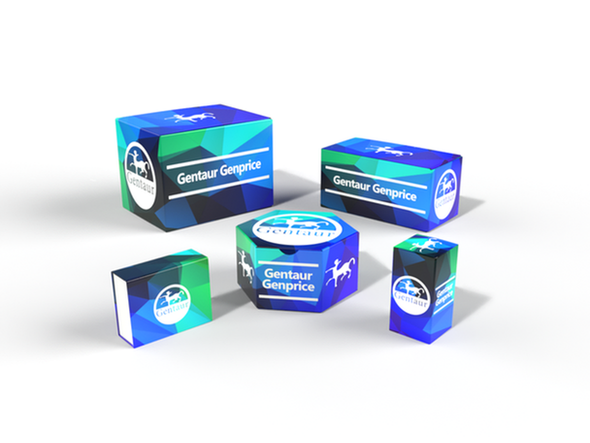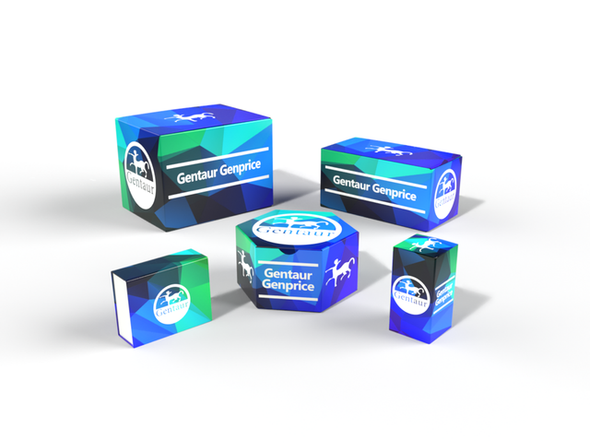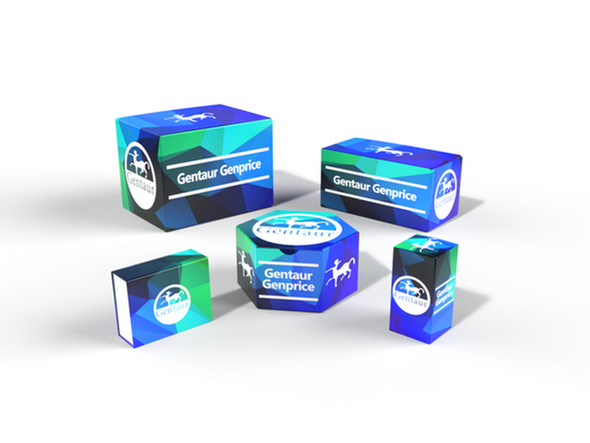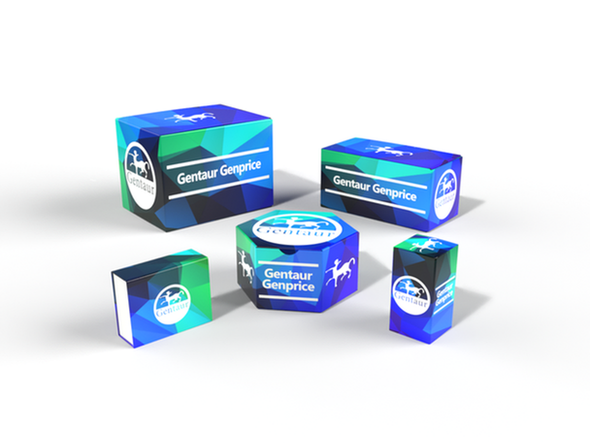26
Self-Quenched BODIPY FL Conjugate of BSA (Green) | 7932
- SKU:
- 26-7932-GEN
- Availability:
- Usually shipped in 5 working days
Description
Bovine serum albumin (BSA) is a common endocytic cargo, which typically ends up being degraded by proteases in the lysosome. Our Self-Quenched BODIPY FL Conjugate of BSA (Green) is a derivative of BSA. The BSA here is heavily labelled with fluorescence dye BODIPY FL. The high local concentration of the fluorophore on BSA causes prominent self-quenching of the dye conjugate. Proteolysis of the BSA releases peptide fragments that carry the fluorophores, thereby relieving the dye from self-quenching (de-quenching). Monitoring of the de-quenched fluorophore provides a reliable assay to monitor lysosome function, the lysosome cargo degradation, or assess proteolytic activity in vitro. This could be assayed using flow cytometry, fluorescence microscopy, confocal microscopy or a fluorescence microplate reader.
7932 | Self-Quenched BODIPY FL Conjugate of BSA (Green) DataSheet
Sort Name: Self-Quenched BODIPY FL Conjugate of BSA (Green)
Label Name: BODIPY FL Conjugate of BSA
Taglines: The ideal reagent to monitor lysosome function, the lysosome cargo degradation, or assess proteolytic activity in vitro.
Product Highlights: FORM: Lyophilized. FORMULATION: Lyophilized from approximately 10 mg/ml protein in PBS. RECONSTITUTION: Reconstitute each vial in 100 µl water or PBS for a 10 mg/ml concentration. The suggested final concentration for cell culture applications is 10-20 µg/ml. STORAGE CONDITIONS: The lyophilized product is stable for over 6 months at -20°C when stored desiccated and protected from light. Store the reconstituted aliquots at –20°C or –80°C. APPLICATIONS/BENEFITS: • The lysosome function/proteolytic activity can be detected with this conjugate by fluorescence microscopy, confocal microscopy, FACS analysis and fluorescence microplate reader. • The extremely low background fluorescence of this conjugate and its high sensitivity to digestion by various proteases renders it particularly valuable in the imaging of extracellular or intracellular proteolytic activity. • This conjugate has the advantage over fluorescein conjugates in being insensitive to pH from pH 3-11 and having narrow excitation and emission spectral bandwidths. The pH insensitivity allows the direct detection of proteolytic activity in situations where the pH is unknown and cannot be controlled or where the pH is known to be low, for example within lysosomes and endosomes.
Packaging: EA
Additional Information
Storage Temperature: |
-20°C |
Shipping: |
Gel Pack |
Shelf Life: |
12 months |










